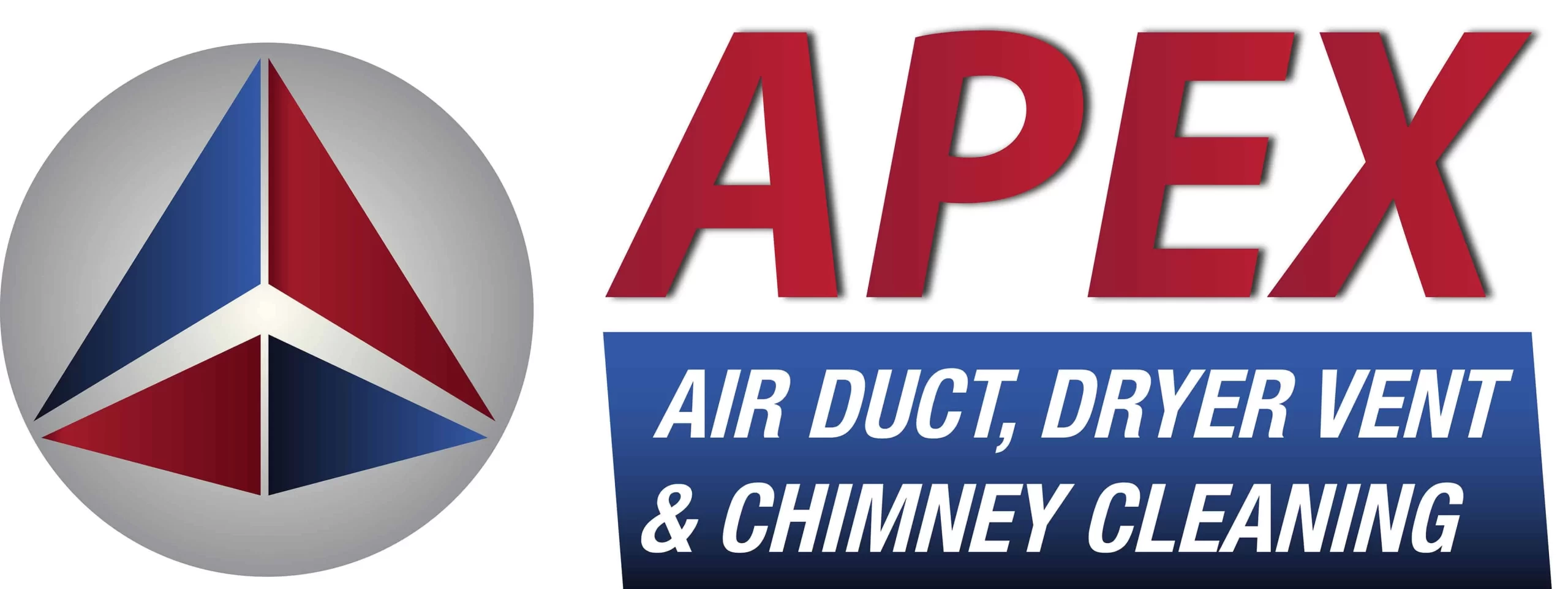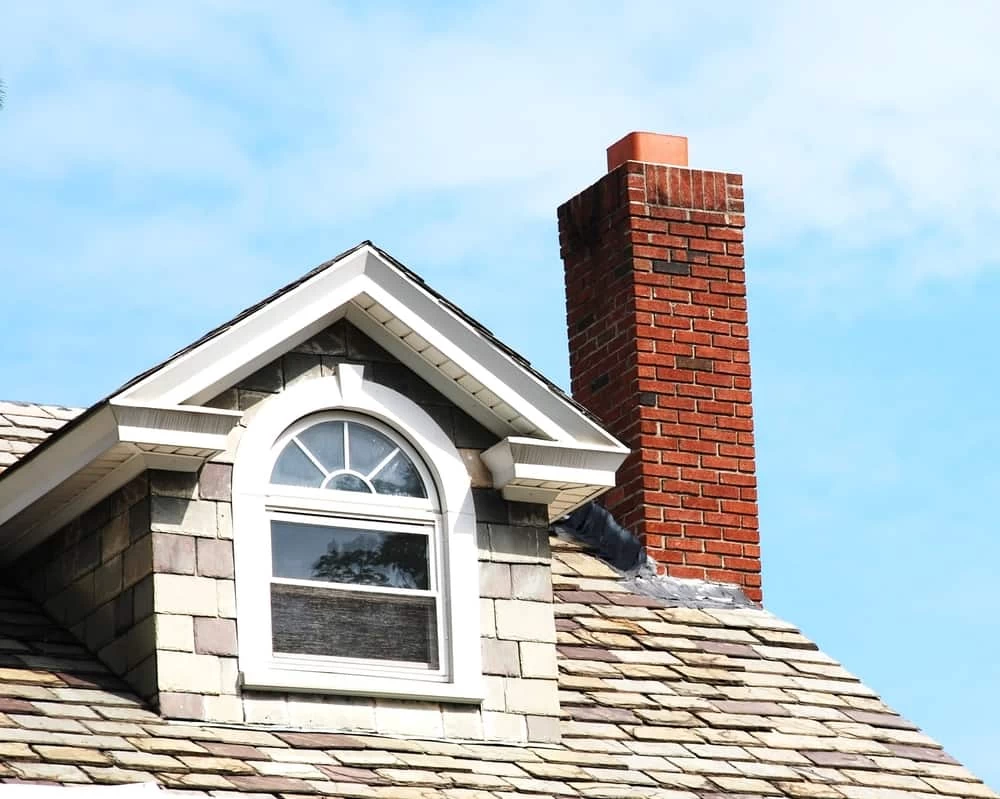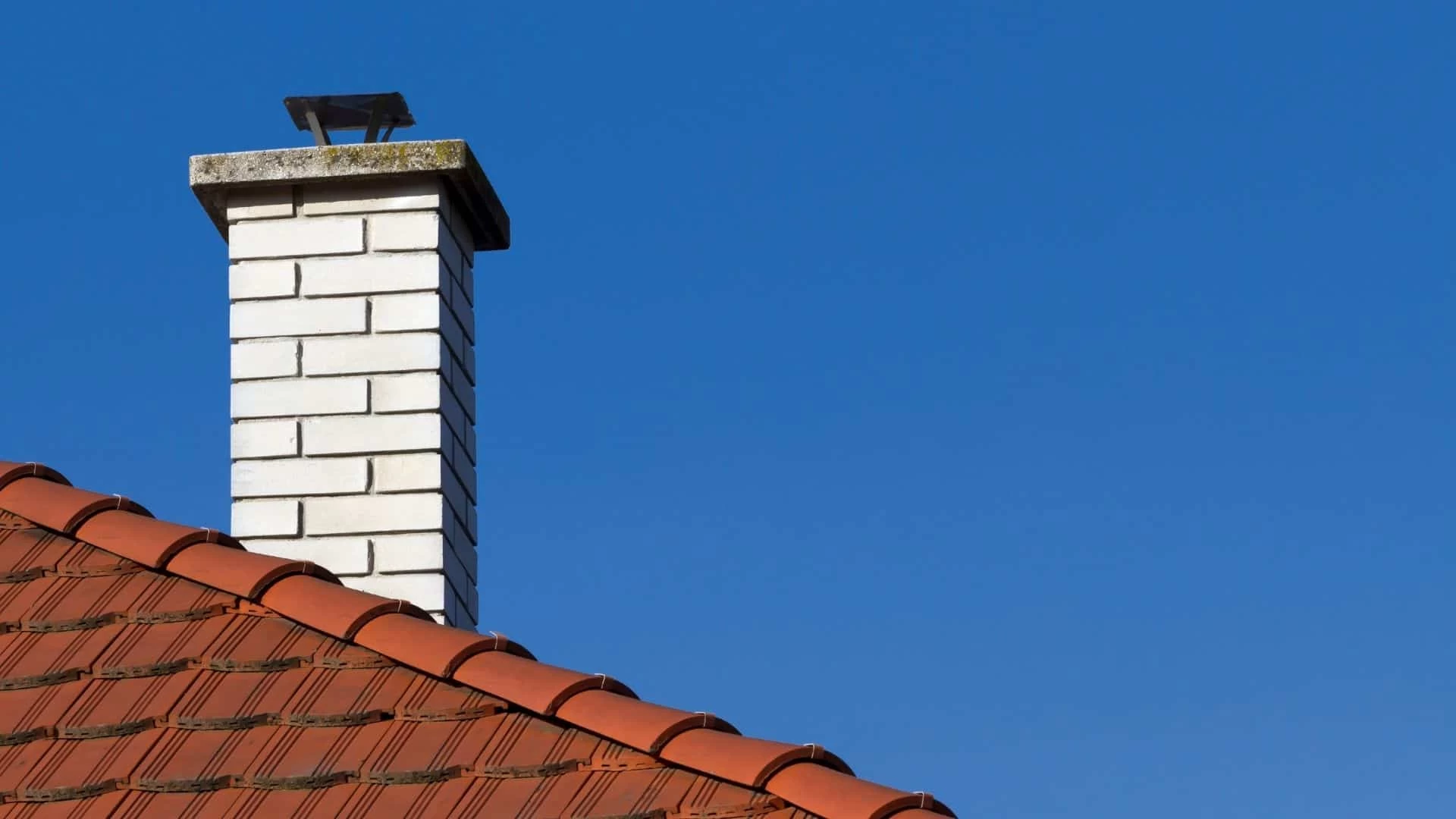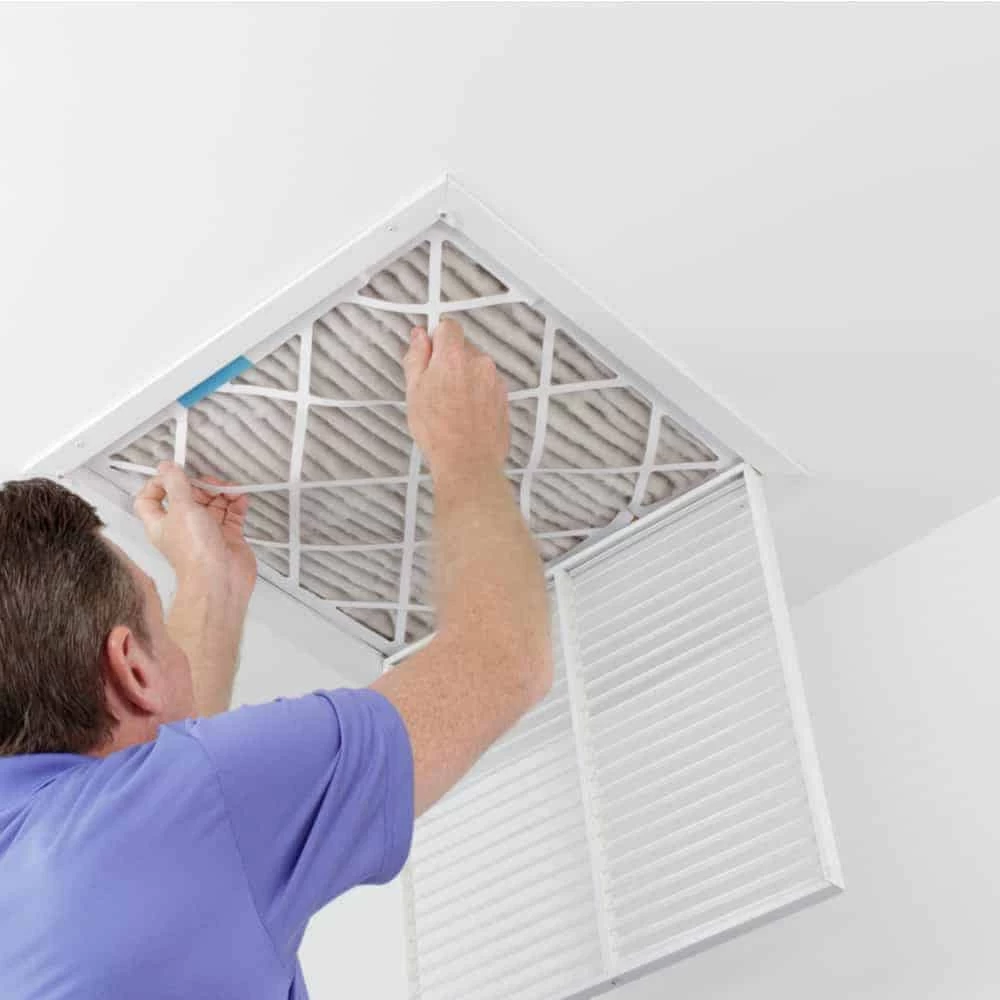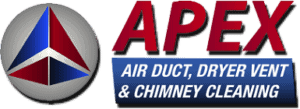Summary:
Why Dryer Vent Cleaning New Jersey Property Managers Can't Ignore
New Jersey faces over 5,000 residential fires annually, with multifamily units particularly vulnerable to grease fires and equipment failures. Your dryer vents aren’t just convenience features—they’re potential fire hazards that demand regular attention.
Every year, clogged dryer vents lead to thousands of fires across the United States, causing fatal incidents and millions of dollars in property damage. When you’re responsible for multiple families living in close proximity, the stakes multiply exponentially.
The reality hits harder when you consider that many property owners fail to evaluate their dryer vents regularly, leading to months and years of dangerous buildups. This isn’t about being negligent—it’s about not knowing what you don’t know.
Legal Responsibilities for New Jersey Landlords and Property Managers
Here’s where things get complicated: landlords are responsible for ensuring safe, habitable properties that meet local codes, with multi-unit buildings typically requiring landlord responsibility for shared laundry facilities or building ventilation systems. But the lines aren’t always clear.
Many leases don’t specify who holds responsibility for dryer vent cleaning, leading to situations where dirty vents cause overheating and increased electrical bills. This ambiguity can cost you—both financially and legally.
New Jersey’s implied warranty of habitability means landlords must provide and maintain safe rental property, whether or not the lease specifically says so. You can’t waive this obligation, and it directly applies to fire safety systems like dryer vents.
Most New Jersey communities now mandate homeowners have dryer vents cleaned every two years, with more condominium and townhome communities adapting this requirement into their bylaws. If your property falls under HOA governance, you’re likely already bound by these rules.
The bottom line: if you provide dryer hookups, you’re typically responsible for maintaining the ventilation system. Even without supplying the appliances, you’re still responsible for cleaning the vents as long as you provide the hookups—it’s no different than maintaining electrical outlets or plumbing.
Understanding Multi-Family Dryer Vent Systems in New Jersey Buildings
In multi-story apartment or condo buildings, clothes dryers typically vent into a shared system called a multiple flue venting system, with each dryer connecting to a dedicated flue that runs vertically from ground floor to roof, aided by a powerful exhaust fan that creates constant draft.
This shared system design creates unique challenges you won’t find in single-family homes. The vertical duct should have a cleanout access panel at the bottom, allowing technicians to remove lint buildup that could obstruct airflow and pose fire hazards.
Townhomes and condos with roof vents require specific attention for lint removal, as these hoods tend to collect lint and some have screens never removed during installation—when dryers exit through the roof, the hoods need cleaning from the roof, not just blown out from inside.
Property managers throughout North Jersey need professionals who understand the structural and logistical challenges specific to multi-family housing, including buildings with rooftop terminations, shared ductwork, or tight in-unit laundry setups.
Your building’s age and design directly impact maintenance requirements. Older buildings often have longer duct runs, more turns, and less accessible cleanout points. Newer constructions might have better access but could still have installation issues that create lint accumulation points.
How Often Should Multi-Family Properties Schedule Dryer Vent Cleaning
Multi-family property owners should conduct dryer duct cleanings at least twice a year, and likely more often depending on the habits of the building’s occupants. But that’s just the baseline.
Property managers should have commercial dryer vents cleaned ideally at least once every six to twelve months, depending on usage intensity and the type of facility. Your specific frequency depends on factors you can observe and measure.
In buildings like multi-family housing where dryers are used more frequently, vents might require cleaning every six months. High-turnover properties with constant laundry activity need more attention than buildings with stable, long-term residents.
Factors That Determine Your Cleaning Schedule
The frequency of cleaning depends on several factors, including the number of units in a building, the design and length of the venting system, and the frequency of dryer use among tenants. You need to assess your specific situation.
Consider your tenant demographics. If a rental unit is occupied by large families or tenants with high laundry demands, the dryer vents may need more frequent maintenance. College rentals, family housing, and properties with in-unit laundry will accumulate lint faster than buildings with shared facilities.
The frequency might also need adjusting based on the dryer’s make and model and whether the venting system serves one unit or multiple units—landlords should consider these factors and adjust maintenance schedules accordingly.
Building design matters significantly. Professional dryer vent cleaning is recommended at least once a year, especially in North Jersey’s high-density properties or buildings with shared vent configurations. Shared systems create more complexity and risk.
Watch for warning signs between scheduled cleanings. Clogged, blocked, or dirty dryer vent lines contribute to inefficient units and longer drying times, often requiring multiple cycles per load—tenants need efficient units, and every second lost leads to stress, frustration, and complaints.
Cost-Benefit Analysis of Regular Maintenance vs Emergency Repairs
Professional dryer vent maintenance promotes a healthier environment for occupants while ensuring you save time and money from future costly repairs or replacements. The math is straightforward when you compare prevention to emergency response.
Clogged dryer vents restrict airflow, forcing dryers to work harder and consume more energy to dry laundry—don’t let increased energy costs decrease your property’s appeal. Your tenants notice when their utility bills climb, and they’ll blame you for inefficient systems.
According to the National Fire Protection Agency, much of the $233 million in yearly property damage from dryer-related fires could be prevented with proper dryer vent cleaning. One fire incident will cost more than decades of preventive maintenance.
Without clean dryer vents, you’ll have to manage complaints left and right and turn away some of your property’s more qualified residents. Good tenants have options—they won’t stay in properties with persistent maintenance issues.
Owners who don’t have dryer vents cleaned every two years face fines, but some still refuse to hire cleaners—clogged lint can cause fires and affect all residents in the building. The regulatory environment is tightening, and compliance costs less than penalties.
Emergency repairs during peak seasons cost significantly more than scheduled maintenance. When dryers fail during winter months or busy periods, you’re paying premium rates for urgent service while dealing with unhappy tenants who can’t do laundry.
Protecting Your New Jersey Multi-Family Investment Through Professional Dryer Vent Maintenance
Your property’s safety and profitability depend on proactive maintenance decisions. Regular cleaning of dryer vents reduces the risk of lint buildup, which is highly flammable and can ignite easily, leading to fires that spread from one unit to another.
Some states and insurance carriers require these facilities to have regular vent cleanings to minimize fire risks, with professional services providing code-compliant cleaning with minimal disruption to tenants. Staying ahead of requirements protects both your investment and your residents.
The choice is clear: invest in regular professional dryer vent cleaning now, or risk the devastating costs of fire damage, tenant displacement, and legal liability later. When you’re ready to protect your New Jersey multi-family property with comprehensive dryer vent services, we at Apex Air Duct Cleaning & Chimney Services bring over 40 years of experience and triple certification to ensure your building’s safety and your peace of mind.
